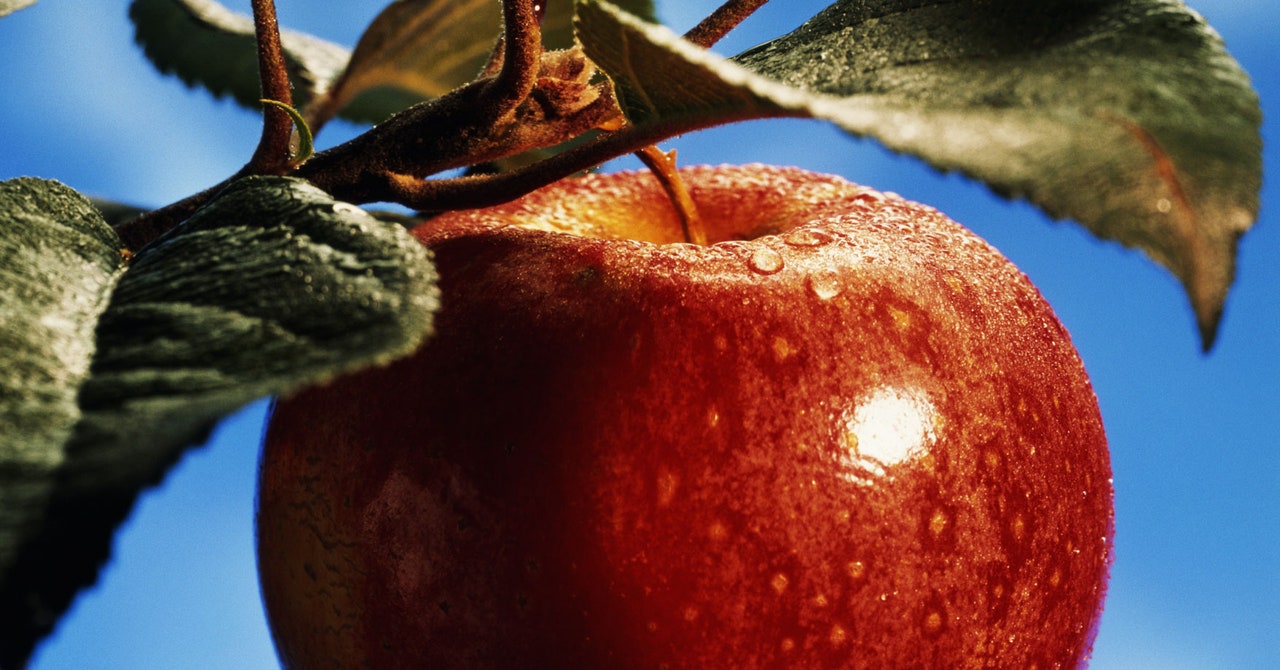
If you drop an object, it will fall. It’s a motion that we’ve all seen hundreds of times. We’ve also all seen plenty of the moon, which makes one complete orbit around our planet every 27.3 days (as seen from the Earth). Falling and orbiting may seem like radically different types of motion, but they’re not! The same physics explains them both.
There is a famous story about Isaac Newton making the connection thanks to a falling apple. (It’s probably not true—but it might be.) Still, his realization is kind of amazing, so I’m going to walk you through the whole process. It includes some concepts that people living today might take for granted, but the building of knowledge like this isn’t trivial, and Newton didn’t figure everything out on his own. He built on ideas from Galileo, who studied the motion of falling objects, Robert Hooke, who explored the effects of things moving in circles, and Johannes Kepler, who produced ideas about the motions of the planets and moon.
Falling Objects
Let’s start with what happens to an object as it falls. In the third century BC, Aristotle asserted that a massive object will fall faster than a low-mass one. Sounds reasonable, right? That seems to fit with what we see—imagine dropping a rock and a feather at the same time. But Aristotle wasn’t big on testing his theories with experiments. It just seemed to make sense that a heavier object falls faster. Like most of his philosopher peers, he preferred to come to conclusions based on armchair logic.
Aristotle also reasoned that objects fall at a constant speed, meaning they don’t slow down or speed up as they go. He probably arrived at this conclusion because dropped objects fall quickly, and it’s really hard to spot changes in speed with the naked eye.
But much later, Galileo Galilei (who went by his first name because he thought that was cool) came up with a way to slow things down. His solution was to roll a ball down a ramp instead of dropping it. Rolling the ball at a very slight angle makes it much easier to tell what’s going on. It might look something like this:
Video: Rhett Allin
Now we can see that as the ball rolls down the track, it increases in speed. Galileo suggested that during the first second of motion, the ball will increase in speed a certain amount. It will also increase by the same amount of speed in the next second of motion. That means that during the time interval between 1 and 2 seconds, the ball will travel a farther distance than it did in the first second.
He then suggested that the same thing happens as you increase the steepness of the angle, as it would produce a greater increase in speed. That must mean that an object on a completely vertical ramp (which would be the same as a falling object) would also increase in speed. Boom—Aristotle was wrong! Falling objects don’t fall at a constant speed, but instead change speed. The rate at which the speed changes is called acceleration. On the surface of the Earth, a dropped object will accelerate downward at 9.8 meters per second per second.
We can write the acceleration mathematically as a change in velocity divided by the change in time (where the Greek symbol Δ indicates a change).


